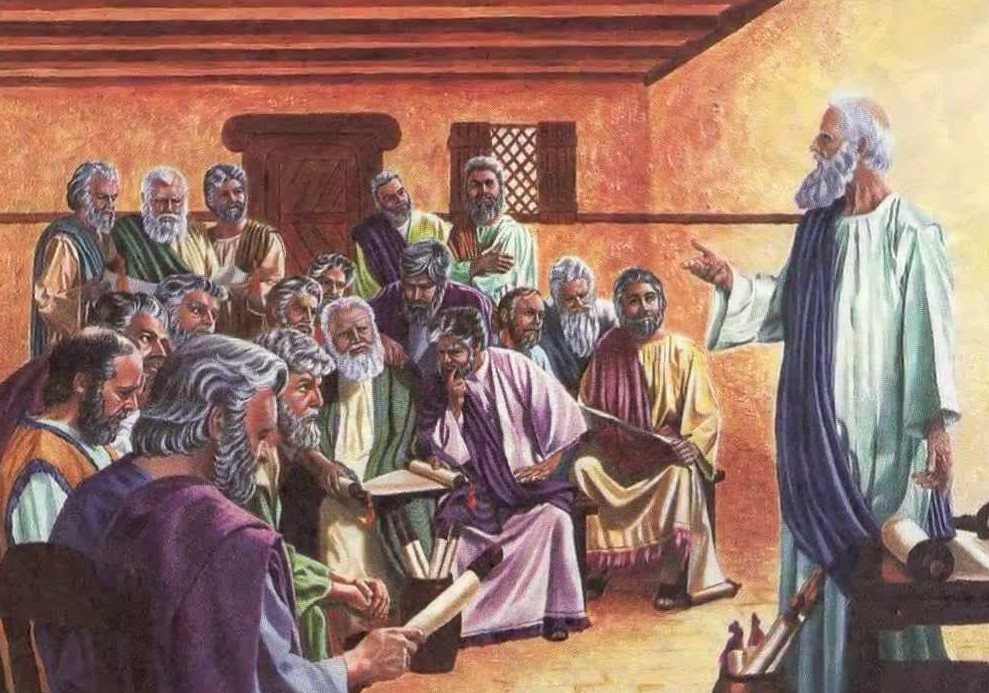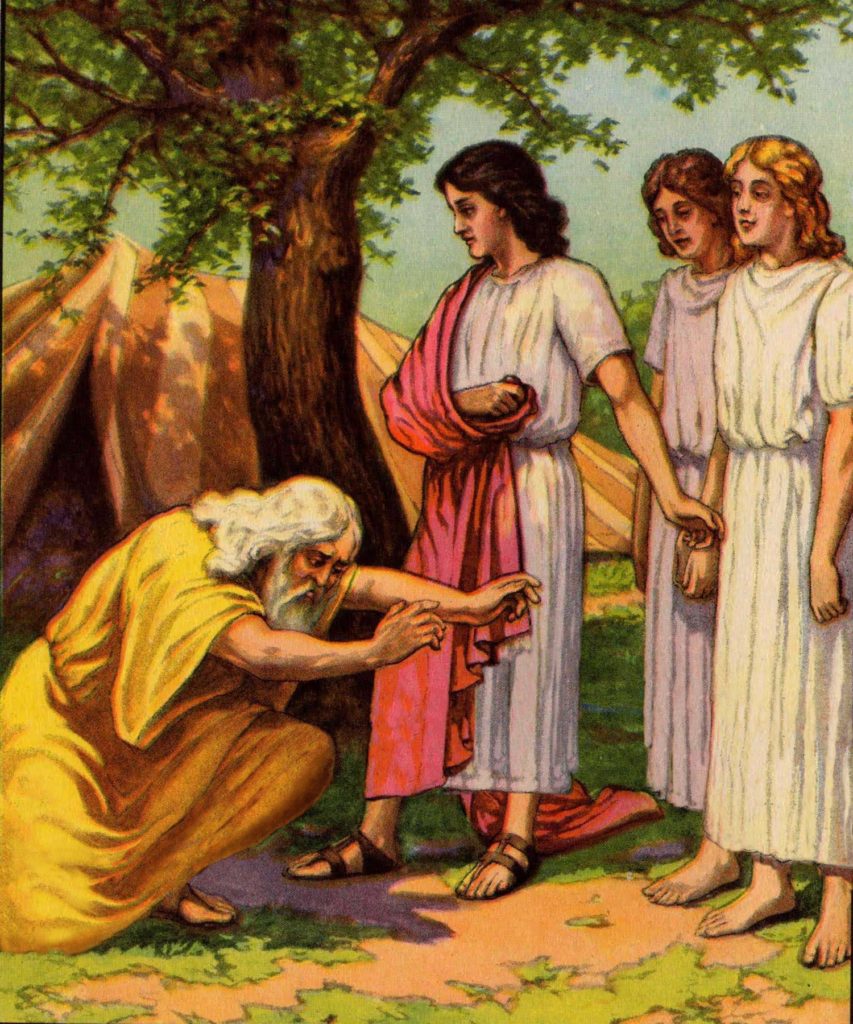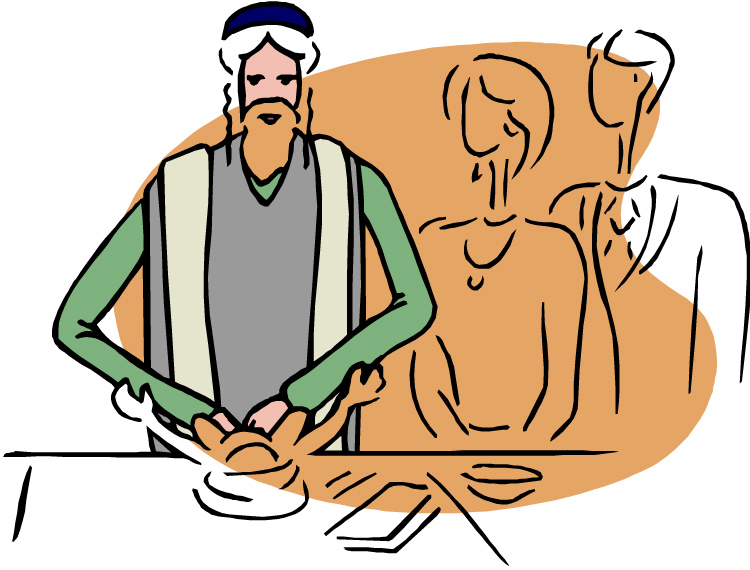
1 Corinthians 6
1 Corinthians 6:12–13, All things are lawful.
Many Christians will casually read this Bible statement by Paul and assume that the Torah-law was done away with. Is this really what Paul is saying here and does such an interpretation line up with the rest of Paul’s writings as well as the truth of the entire Bible? Let’s look at this statement logically and in the larger context of Scripture to see what the truth really is.
When Paul said that all things are lawful to him, what do you think he meant? Is it now permissible to violate the laws of Elohim and to murder, commit adultery, lie, steal, have sex with animals, practice witchcraft, and we can also add break the Sabbath, eat pork, etc., etc.? Obviously, violating the commands of Elohim wasn’t what he meant here, for doing such is, by biblical definition, sin (1 John 3:4), and those who love Yeshua will not be sinning, but will keeping his commandments (John 14:15, 21). Moreover, it was our sin that put Yeshua on the cross, so why should we mock Yeshua’s death by continuing to practice sin? In fact, prior to 1 Corinthians 6:12, Paul listed a number of sins that will prevent one from entering the kingdom of heaven including drunkenness, sexual immorality, theft and so on. So obviously, breaking the laws of Elohim was not what he meant in verse 12. If Paul is here permitting the eating of unclean meat that the Bible forbids and calls an abomination (Lev 11), then he is also permitting sexual immorality—a sin which he juxtaposes in verse 13 with the eating of certain foods.

So if Paul wasn’t opposing the biblical dietary laws in verses 12 and 15, what was he really saying? According to David Stern in his Jewish New Testament Commentary, Paul was coming against the sexually libertine attitudes of the saints in Corinth whereby they had permitted the man who was having sexual relations with this stepmother. Moreover, the church was even allowing the sinner to remain in fellowship with the saints there and to even participate in the Passover or Lord’s Supper communion table and to celebrate the Feast of Unleavened Bread (which the removal of sin). Stern goes on to say that the phrase, “All things are lawful to me…Food for the stomach…” is really analogous to the modern phrase, “If it feels good, do it”—a concept which Paul strongly opposes. Beale and Carson concur with Stern on this in their commentary on this verse (Commentary on the New Testament Use of the Old Testament, p. 713). In verse 15, Paul goes on to make the point that our bodies are the temples of the Set-Apart Spirit of Elohim and that we need to treat them as holy vessels by not engaging in sinful practices (whether sexual immorality or eating unclean meats).
Keener agrees with Stern that Paul was confronting the ungodly and licentious Greek philosophers who would excuse their libertine carnal appetites by saying “I can get away with anything.” Paul, on the other hand, counters this by saying, “Maybe so, but ‘anything’ is not good for you” (The IVP Bible Background Commentary of the NT, pp. 464–465). Keener goes on to say that “‘Food for the stomach and the stomach for food’ was a typical Greek way of arguing by analogy that the body was for sex and sex for the body….That God would do away with both reflected the typical Greek disdain for the doctrine of the resurrection (chap 15), because Greeks believed that one was done with one’s body at death [which is why they reasoned that it was permissible to do whatever you pleased with your body now]. Paul responds to this Greek position with the Old Testament/Jewish perspective that the body is for God and he will resurrect it” (i.e. in v. 14, ibid.).
Paul then goes on to explain why a philosophy that excuses sinful behavior is not acceptable to Elohim or beneficial to the saint.
1 Corinthians 7
1 Corinthians 7:19, Circumcision is nothing, and uncircumcision is nothing.
The Significance of Circumcision Explained—A Whole Bible Perspective

What is Paul saying here? Is he confused, or does he have a larger principal and perspective in view? Paul’s bottom line in all of his writings is that circumcision is not a salvational requirement. If it were, then, obviously, women could not saved! As we shall see, however, the Scriptures teach that in the future, for those in certain ministry situations, circumcision will be a requirement (Ezek 44:7, 9). To understand the issue, let’s briefly discuss what the Scriptures say about circumcision.
Some will say that circumcision of the heart (Rom 2:29) is a solely “New Testament” concept that happily has replaced physical circumcision. This is not quite true, for YHVH has desired his people to have circumcised hearts from the time of Moses (Deut 10:16; 30:6) and Jeremiah (Jer 4:4). What’s more, YHVH will require the priests who will serve in his millennial temple (an archetypal model of YHVH’s plan of salvation through Yeshua’s death on the cross) to not only be circumcised in the heart, but in the flesh as well (Ezek 44:7). Not only that, but all those who will enter that sanctuary, both Israelite and non-Israelite, must be circumcised physically and spiritually (Ezek 44:9).
Continue reading







